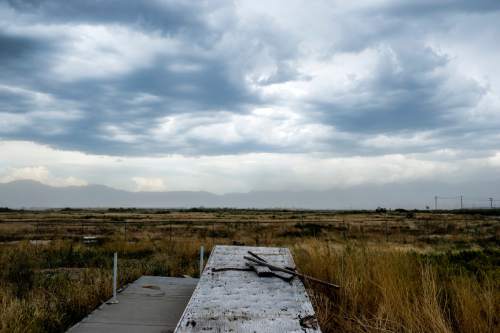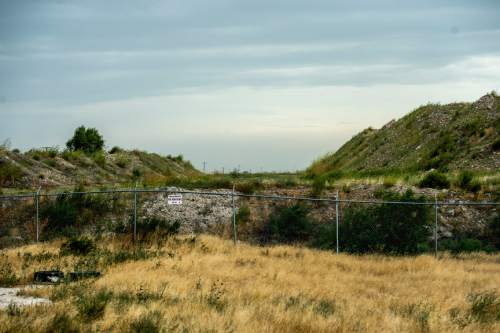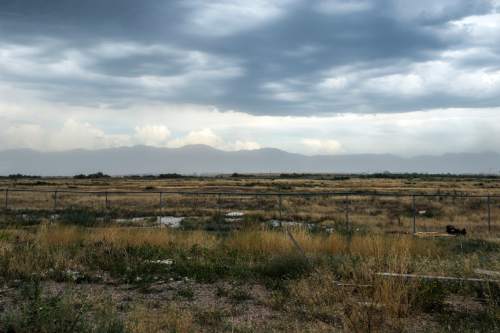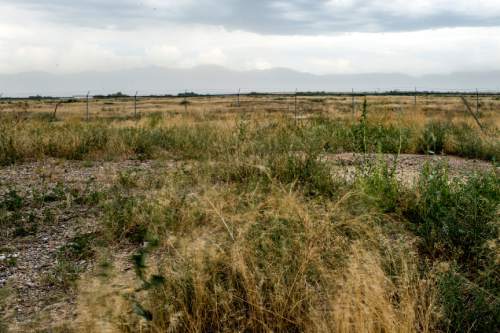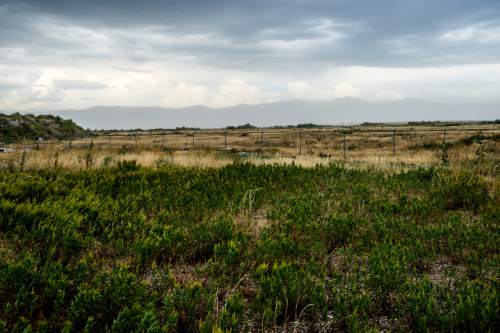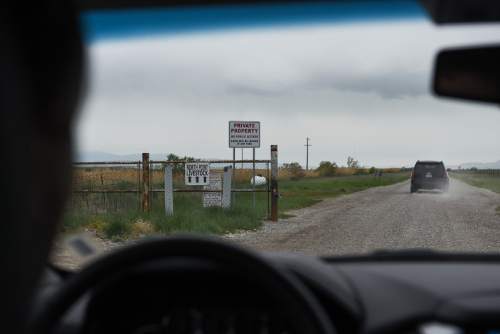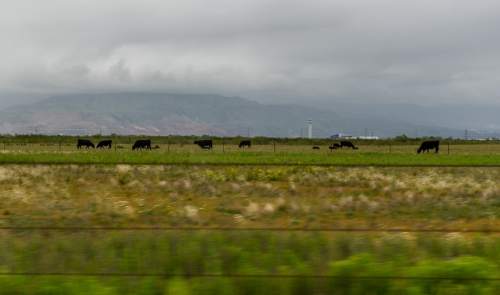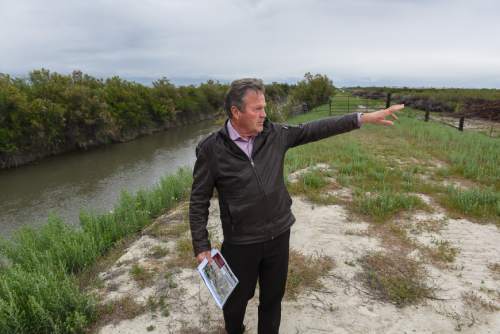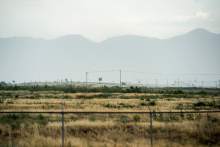This is an archived article that was published on sltrib.com in 2015, and information in the article may be outdated. It is provided only for personal research purposes and may not be reprinted.
Salt Lake City is preparing a response to the new state prison slated to be constructed west of the international airport.
It isn't a lawsuit or some other delaying tactic. Rather, it's an ambitious "eco-industrial park," unlike anything in the United States.
Think solar farms and bird-friendly buildings, natural landscaping and a central shipping and receiving area supporting businesses that are symbiotic, where one company's waste product is another's useful component.
The goal is to create an influx of jobs while limiting waste and air pollution. To accomplish this, a public-private entity would oversee which businesses build in the area and how they affect the whole parcel that stretches between the Great Salt Lake and the International Center.
This eco-industrial park is the centerpiece of a new Northwest Quadrant master plan that received the approval of the city's Planning Commission this week. It now goes before the City Council, which is likely to debate it in 2016.
The fast movement is a reaction to the prison relocation, according to the mayor's office and Councilman James Rogers, who represents the area and supports this vision.
"We'd prefer not to have the prison, but if we are going to get it, we need to be prepared for what comes with it," said Nick Norris, Salt Lake City's planning manager.
He is referring to new water and sewer pipes, electrical wires and other utilities stretched across vacant land used by duck hunters and cattle ranchers.
Once those utilities are in place, the city expects landowners to start shopping their properties to businesses looking to create a warehouse or industrial plant.
The prison project isn't underway just yet. The Legislature and Gov. Gary Herbert picked the Salt Lake City site from a short list of potential locations earlier this year, but state experts are still exploring the parcel to determine the exact spot to build the 500-acre complex. Two areas are under consideration — one is in the center of the property above an old landfill, the other is closer to the lake. Making matters more complicated are pockets of wetlands, migratory-bird patterns and soft soils on which it is difficult to build.
The city has held out the option of suing the state over the prison relocation on environmental grounds, but leaders, including Mayor Ralph Becker and Rogers, say that is unlikely to stop the project.
"It is the state of Utah," Rogers said, "they can do whatever they really want to."
The state expects to buy the land in January, and construction could take another year to begin.
If possible, city leaders prefer to see the prison constructed close to the lake, leaving more land for their new industrial park.
Canada has a few eco-industrial parks, and a version of this idea exists outside Denver, but in many ways, Utah's capital would be forging a unique path, reacting to the lakeside and the sometimes unhealthy air pollution.
Norris acknowledges the idea is in many ways vague, and if approved by the City Council, the next step would be creating rules for the new eco-industrial zone.
As examples, he suggested zoning could limit building height and require glass that birds can recognize to avoid crashes, or maybe rules on alternative-energy sources.
The city's economic-development team has the support of the major landholders in the area, including Rio Tinto, the international company that owns the Kennecott copper mine.
"The plan is a balance between economic development and the conservation of environmentally sensitive areas," said Rio Tinto spokeswoman Piper Rhodes. "We have been engaged in this discussion from the onset and consider the proposed approach to be a win-win."
The debate about developing the Northwest Quadrant dates back decades, with the City Council rejecting two previous master plans, including one that called for residential neighborhoods.
That plan was championed by former Councilman Carlton Christensen, who now works for Salt Lake County and represents the city on the state's Prison Development Commission. He agrees with the new industrial focus.
How fast could anchoring businesses move into an eco-park? Rogers says that is "a supply-and-demand issue."
"We'll see how the eco-model takes off," he said, "but it all depends on the utilities coming from the state."
Twitter: @mattcanham


